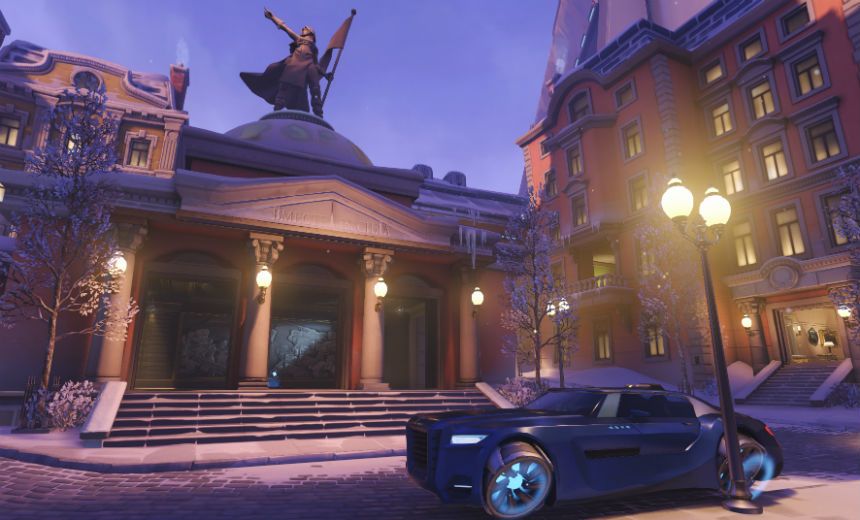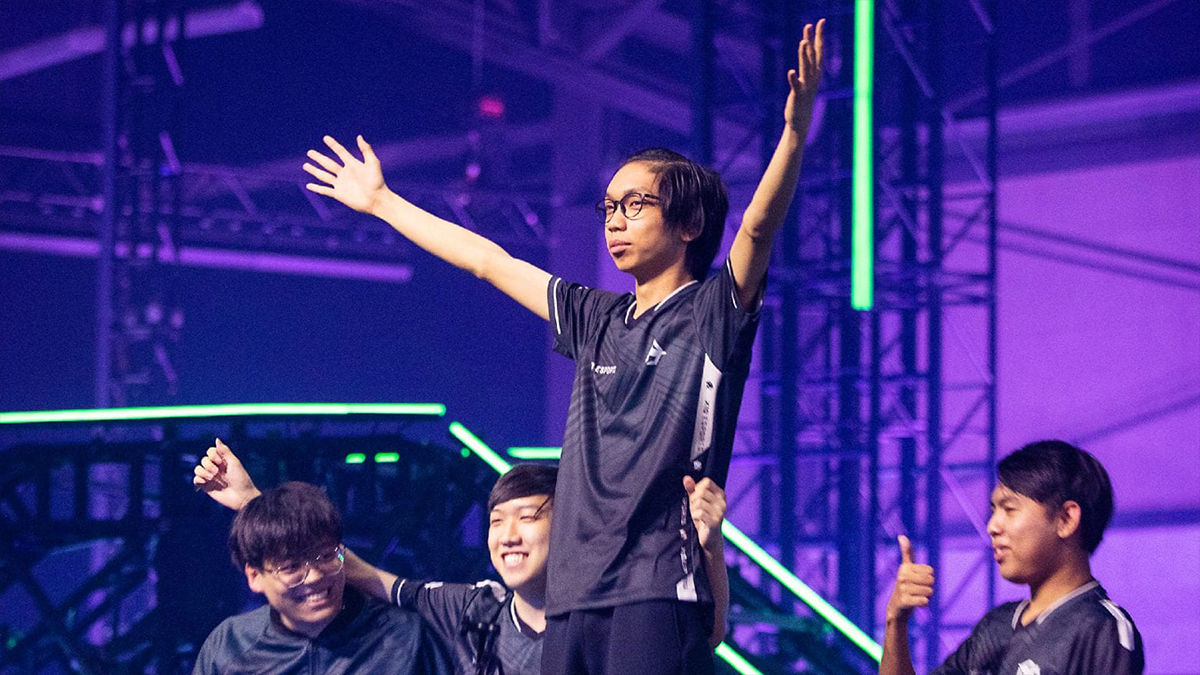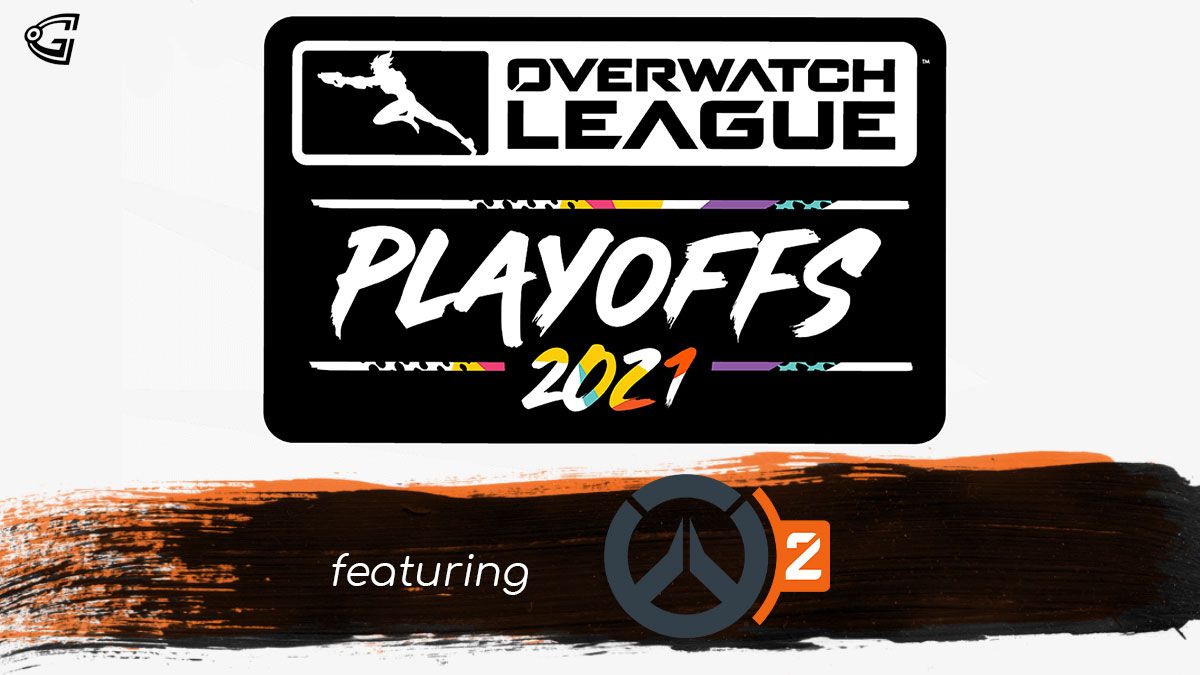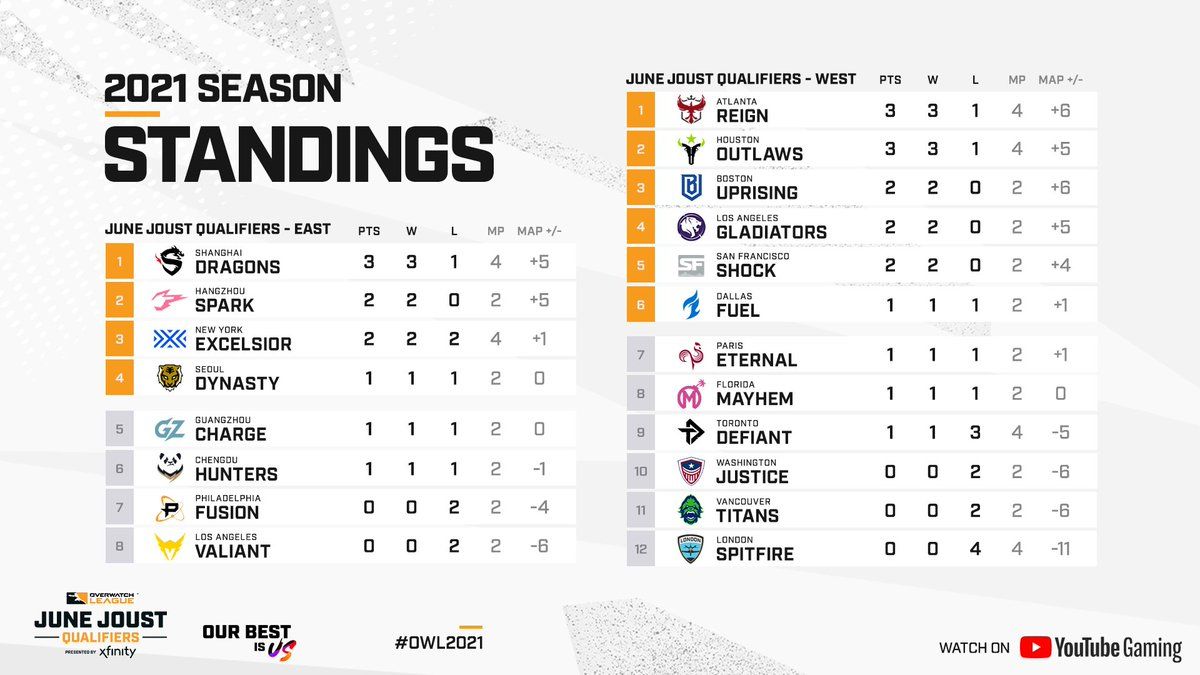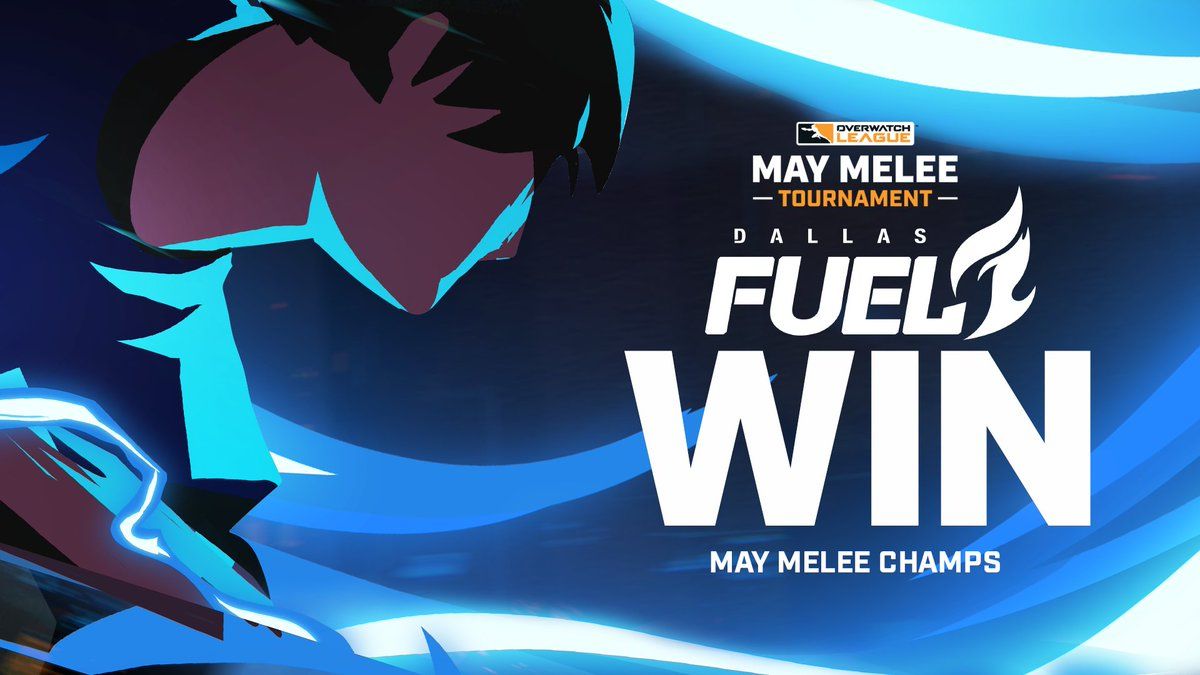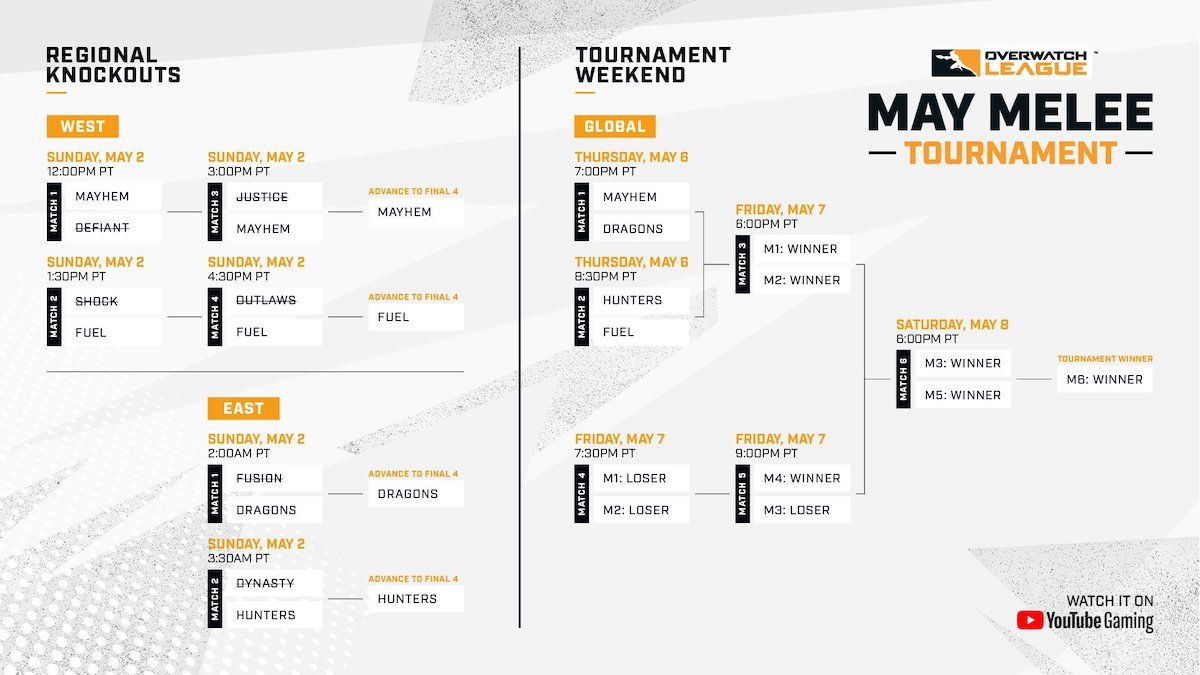
Map elimination is a huge part of any competitive FPS game. Before the players have even entered a server, one team can have orchestrated a huge advantage simply through intelligent map elimination. This is not just a necessary part of the game due to map variation, it’s also a deeply interesting and strategic part; it can affect how teams practise, where they allocate hours or how they approach opponents, and adds another layer to the mental factor of an esport.
Since it was first designed for the Overwatch community, owdraft.com has been the primary tool for map elimination in the scene. It is open and intuitive, creates a simple display of picks and bans, and provides a great repository for all previous map vetoes. It’s a useful tool for map elimination within Overwatch, but it has its drawbacks. A huge thing it lacks is flexibility, and this (along with Blizzard's desire to keep the map pool enormous) has led a number of organisers to be very lazy with the way they implement map vetoes in their tournaments.
The ongoing ESL Atlantic Showdown is an even lazier implementation of map drafting, as the process is simply non-existent for the offline finals. Every fixture begins with a random preselected map and follows with loser's pick, which can put teams at a huge disadvantage for no reason. The process is also not shown on stream and ignored by the analysts as if it has no impact on the match. This is unsuitable for a competitive esport where maps clearly have an impact, regardless of whether it is acknowledged.
The CS:GO Example
The meta-game that surrounds the veto system can be seen most clearly in CS:GO, where analysts such as Thorin specialise in breaking down how teams should approach each opponent’s map strengths and weaknesses. The system at CS:GO Majors sees teams both ban a map from the seven map pool, then both pick a map, with the decider randomly selected from the three remaining. This allows teams to ban out either their worst map or an opponent’s best, before maps are picked. Crucially though they cannot do both, and must make intelligent choices rather than ban to the lowest common denominator. The end result of the process often leaves initially picked maps which are strong for each team, and a decider which benefits the team with the deepest pool. It is worth mentioning at this point that the random factor has been often criticised for Majors, and classically teams would both ban another map each with the remaining map as the decider in a best-of-three.
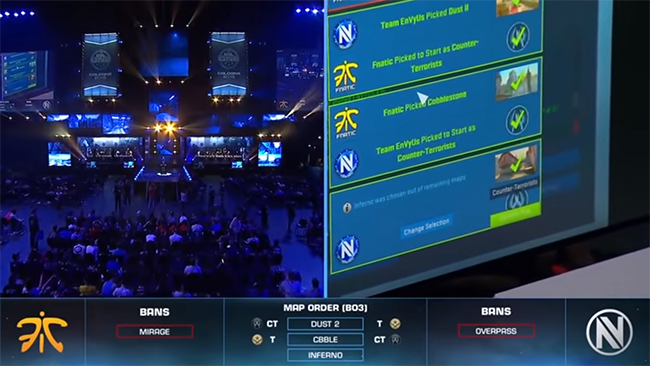
In one sense, map selection in Overwatch has the potential to be even more influential than in CS, as it can mean the difference between entirely different gamemodes being played. The current system of map drafting in Overwatch uses the full pool of 12 maps, with teams simply alternating in their bans. This has many issues, some that could be fixed with a smaller map pool and some that require a change in the map elimination process.
Chicken and Choice
Rather than Overwatch boasting a deep layer of map elimination with teams having to study each other and prepare accordingly, the current top teams begin fixtures in most tournaments with a silly and superficial game of chicken. No top team wants to play the Assault maps or be forced onto fringe picks such as Ilios, so each team attempts to bait the other into banning them whilst also trying to get on with the real elimination process. It muddies the waters with useless vetoes whilst allowing teams more opportunity to get rid of their weaknesses.
The ability to get rid of every map you dislike is also a big problem with a purely banning map phase. Alternating bans without any opportunity to pick in between leaves the end result as a very uninteresting and mediocre selection. Teams are given 4 or 5 bans, with which they can ban out their own worst two maps and the opponents best two maps without interruption. This fails to reward teams with a deep map pool, and does not encourage teams to touch the unpopular maps at all. Why should a team ever practise Hanamura, Anubis, or even Ilios when these maps are widely disliked and have a very high chance of being banned in every fixture?
If teams instead played with a system similar to CS:GO’s, we’d be much more likely to see teams directly pick into opposition’s weaknesses, or be able to show some of their strongest maps. Rather than seeing a diluted map draft, we could really spice up the Overwatch action at the highest level and force teams to respect map-specific practice.
Even Odder Map Pool
If you’ve been paying attention you’ll have also seen another obvious problem with map eliminations in Overwatch – the pool has 12 maps. Even if teams were prepared to play with such an enormous map pool (which teams do not have the time to properly master), this even number means that for any fixture one team will have to ban more maps than their opponent, creating an innately unfair advantage. This is a clear indicator that Blizzard needs to allow tournament organisers to exclude maps from the competition, rather than pushing for every map to be featured as in the Atlantic Showdown. Removing all Assault maps would be a good start, for example, and would leave the pool at a large, but manageable, nine.
Blizzard have also stated that they intend to bring in a new map, hybrid castle-themed Eichenwalde, to the game in the coming months. One could safely assume that Blizzard intend to showcase this map along with all of the others leading to a vast 13-map pool. The assumption from the developer and tournament organisers that Overwatch is incapable of fielding bad maps is pure delusion - there is clear bad map design in a number of the existing maps which could be used to whittle down the pool to a reasonable 7.

CEVO is the only organiser I know of that used a separate system to owdraft (in the iBP Invitational), and even they used the same picking system. Even FACEIT is reportedly using owdraft off camera for their map draft process despite having the ability to create any system it desires for this purpose. Ignoring the issues with how it looks on screen and its design being purely for BO1s, the major problem is that each tournament organiser has used it as an excuse to lazily stick with alternating bans for their tournaments. This is inexcusable for tournament organisers who have the money and the developers to create their own system.
It’s clear that the map elimination system needs looking at again for Overwatch, but the question remains as to what should be used. Should we be aiming to focus down into a smaller, but changeable, map pool? Certainly there are maps which could easily be removed, but Blizzard sees merits in showcasing the entire map pool to the audience. Should we be experimenting with a similar system to CS:GO’s map vetoes to reward tactical picking, or stick to a simple style that keeps games away from predictability?
There are myriad possibilities for map drafting in this new esport and no long-standing habits that the scene must break in order to change. A discussion on the best map pool and elimination system is necessary to ensure we gain meaningful depth from the veto process.
For more competitive Overwatch news, follow us @GosuOverwatch.

